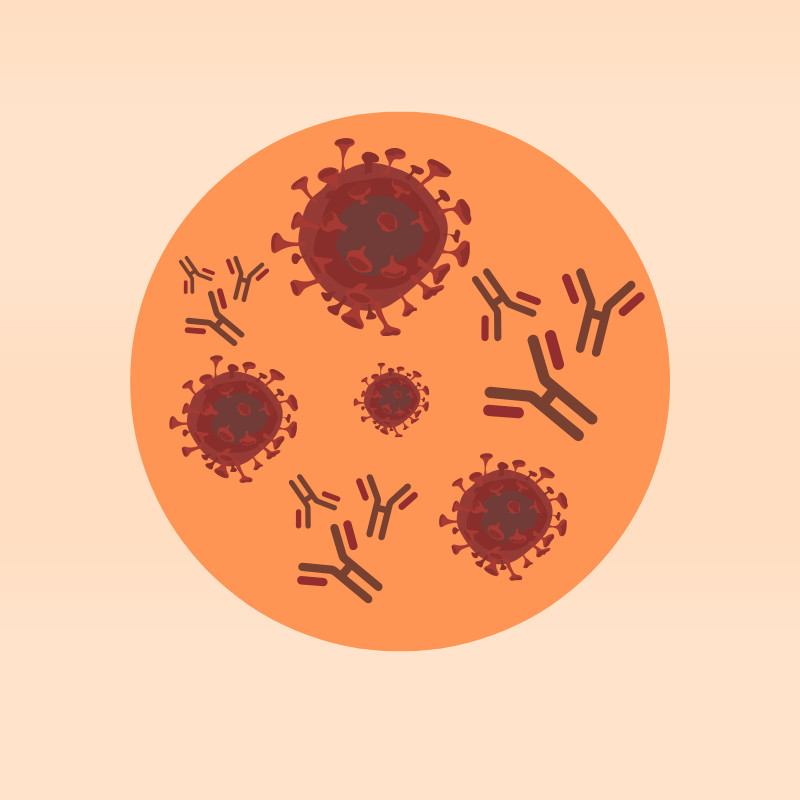
What are the Risk Factors for Developing Basal Cell Carcinoma?
Basal cell carcinoma (BCC) is the most common type of skin cancer, and understanding its risk factors can help you reduce your chances of developing this condition. While BCC is highly treatable when caught early, knowing the causes can help prevent future cases. The most significant risk factor for developing BCC is excessive exposure to ultraviolet (UV) radiation, but other lifestyle and genetic factors also contribute to its development.

Excessive UV Radiation Exposure
The leading risk factor for developing basal cell carcinoma is excessive and unprotected exposure to UV radiation. This can come from both outdoor sunshine and indoor tanning lamps. UV radiation damages the DNA of basal cells, which are located in the deepest part of the epidermis. Over time, repeated exposure to UV rays causes this DNA damage to accumulate. This damage often leads to improper cell repair, which increases the risk of skin cancer.
Aging contributes significantly to the development of BCC, as the skin gradually accumulates sun damage over time. Sun exposure during childhood and adolescence is especially detrimental, laying the foundation for skin damage later in life.

High Sun Exposure Occupations and Leisure Activities
People who work outdoors, such as farmers, construction workers, or landscapers, have a higher risk of developing BCC. Those who spend significant time outdoors for leisure activities—like hiking, gardening, or sports—also face increased risk, especially if they are unprotected from the sun. Even in the shade, you’re not completely safe from UV exposure. UV rays can reflect off surfaces like water, snow, and sand, reaching you indirectly.

Fair Skin and Sun Sensitivity
Individuals with fair skin, especially those with light hair and eyes, are at the highest risk for basal cell carcinoma. People with sun-sensitive skin that burns and freckles easily are particularly susceptible to the harmful effects of UV rays. However, BCC can occur in individuals of all skin types, including those with darker complexions, although it is less common in these populations.

Weakened Immune System
A weakened immune system is another risk factor for developing basal cell carcinoma. This could be due to age, medical conditions like HIV/AIDS, or the use of immunosuppressive medications. Individuals who have undergone organ transplants, for example, are often treated with medications that suppress their immune system to prevent organ rejection. These medications can reduce the body’s ability to fight off cancerous cells, making them more vulnerable to developing BCC.

Exposure to Toxic Chemicals
Exposure to certain chemicals can also increase the risk of BCC. For example, people who have been exposed to arsenic (found in contaminated well water), coal tar, or agents that enhance sensitivity to the sun are at higher risk. Long-term exposure to such chemicals can damage the skin and increase the likelihood of developing BCC.

Previous Burns, Radiation, or Scars
Individuals with severe burns or a history of radiation therapy face an increased risk of developing basal cell carcinoma (BCC) in areas of scarred or damaged skin. These vulnerable regions are more prone to the harmful effects of UV radiation and other environmental factors, creating conditions that make the formation of BCC more likely.

Genetic Conditions and Inherited Risk Factors
Certain rare genetic conditions can also increase the risk of developing basal cell carcinoma. For example, people with albinism or xeroderma pigmentosum have a significantly higher risk of skin cancer due to a genetic inability to repair DNA damage caused by UV radiation. These genetic conditions increase the vulnerability of cells to UV-induced DNA mutations, significantly raising the risk of developing skin cancer.
Reducing Your Risk of Basal Cell Carcinoma
While you cannot control genetic factors, you can significantly reduce your risk of basal cell carcinoma by practicing sun safety. Here are some key preventive measures:
- Wear Sunscreen: Use a broad-spectrum sunscreen with SPF 30 or higher, and reapply every two hours.
- Seek Shade: Stay out of direct sunlight, especially during peak hours (10 a.m. to 4 p.m.).
- Wear Protective Clothing: Consider wide-brimmed hats, sunglasses, and clothing that blocks UV rays.
- Avoid Tanning Beds: These artificial sources of UV radiation significantly increase the risk of skin cancer.
- Get Regular Skin Exams: Regular skin checks by a dermatologist can help catch skin cancer early, when it’s most treatable.
By understanding these risk factors and taking steps to protect your skin, you can reduce your chances of developing basal cell carcinoma and other forms of skin cancer. If you have any concerns or notice changes in your skin, schedule an appointment with a dermatologist to get checked. Early detection is key in effectively treating skin cancer and preventing it from spreading.
